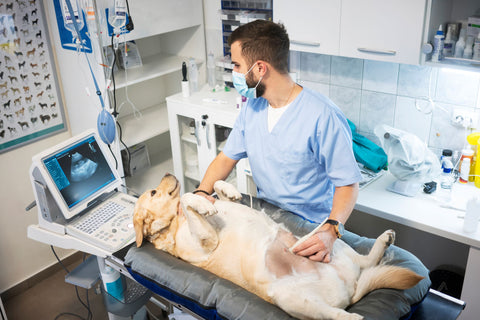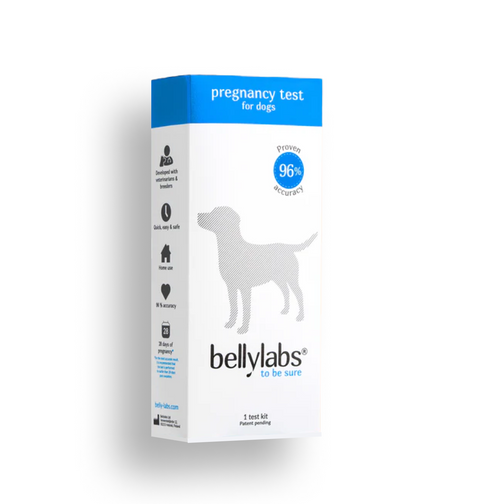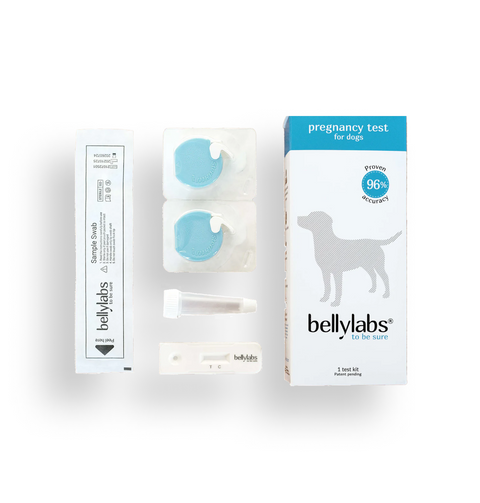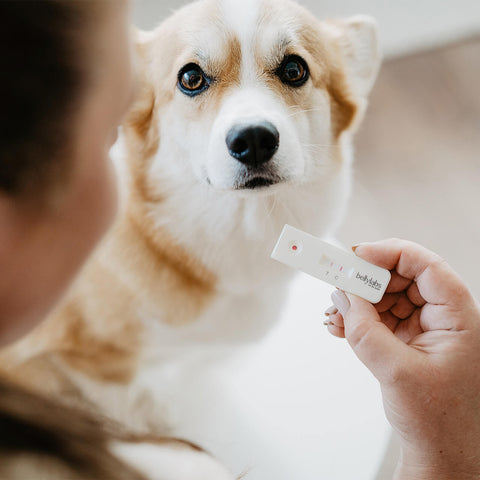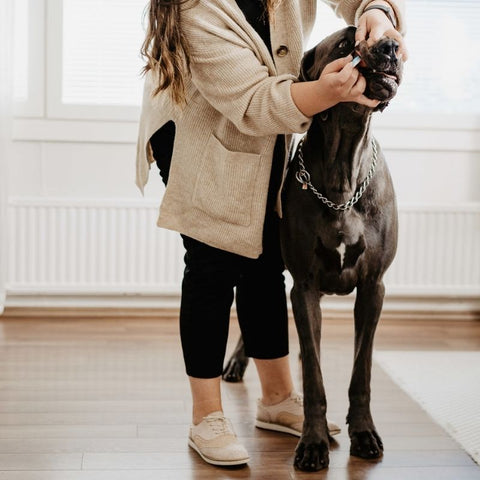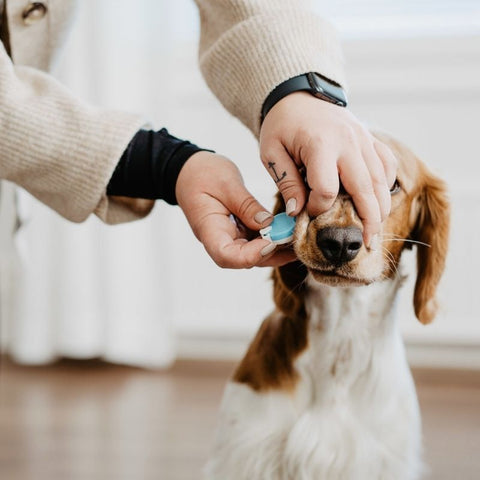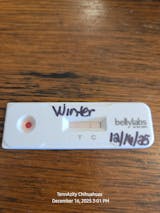The anticipation of welcoming a new litter of puppies is a thrilling experience for dog owners and breeders. However, determining if your female dog is pregnant can be a challenge, especially during the early stages of pregnancy. In recent years, the introduction of innovative canine pregnancy tests, such as the Bellylabs Pregnancy Test for Dogs, has transformed the way we confirm pregnancies in our furry companions. In this comprehensive article, we will delve into the science behind the Bellylabs test, its unique features, and why it has become a game-changer for early canine pregnancy detection.
Understanding Canine Pregnancy
Before we explore the specifics of the Bellylabs Pregnancy Test, it's essential to grasp the fundamentals of how pregnancy occurs in dogs. Canine pregnancy, like that of many mammals, results from successful mating and fertilization of eggs by sperm. Once fertilized, the eggs implant themselves in the uterine wall, marking the beginning of the gestation period.
The canine estrous cycle, commonly referred to as the heat cycle, plays a crucial role in this process. This cycle spans approximately 21 days and encompasses four stages: proestrus, estrus, diestrus, and anestrus. It is during the estrus stage that a female dog is fertile and receptive to mating, making it a pivotal time for breeding.
Detecting Canine Pregnancy
Detecting pregnancy in dogs, especially in the early stages, can pose a considerable challenge. Unlike humans, dogs do not exhibit overt physical signs of pregnancy during the initial weeks. However, various methods and tests can assist in determining whether a female dog is pregnant.
. Physical Examination: A skilled veterinarian can conduct a physical examination to assess changes in the dog's abdomen, uterus, and mammary glands. While this method can be relatively accurate in later stages of pregnancy, it may not consistently detect early pregnancies.
. Hormone Testing: Hormone testing, focusing on the detection of specific pregnancy-related hormones, is a common method for confirming canine pregnancy. One such hormone is relaxin, which is produced by the placenta shortly after implantation. Relaxin levels can be measured through blood tests, but the timing of the test is crucial, as testing too early may yield false negatives.
. Ultrasound: Ultrasonography is a valuable tool for detecting canine pregnancy. It can be performed as early as 28 days after breeding, offering visual confirmation of the presence of fetuses and enabling the estimation of their development.
. Radiography (X-rays): Radiography, while typically used in the later stages (around 50 days) of pregnancy, can provide an exact count of the number of fetuses. However, this method exposes the developing puppies to radiation and is used sparingly with appropriate precautions.
. Canine Home Pregnancy Tests: Canine pregnancy tests, like the Bellylabs Pregnancy Test, have gained popularity due to their convenience and accuracy. These tests are specifically designed to detect pregnancy-associated hormones, such as relaxin, in a dog. Our primary focus in this article is the Bellylabs Pregnancy Test and its remarkable features.
The Science Behind the Bellylabs Pregnancy Test
The Bellylabs Pregnancy Test for Dogs operates on the scientific principle of detecting specific hormones indicative of pregnancy. Relaxin, a hormone produced by the developing placenta, serves as the target for detection. This hormone is typically absent in non-pregnant dogs but becomes detectable shortly after implantation occurs.
The process of using the Bellylabs Pregnancy Test involves collecting a small micro sample of blood from the female dog and then applying it to the test kit. The kit contains antibodies specifically designed to react with relaxin if present in the sample. A positive result on the test indicates pregnancy.
Key Features of the Bellylabs Pregnancy Test
The Bellylabs Pregnancy Test stands out among canine pregnancy tests for several reasons:
. Early Detection: The Bellylabs best selling test is renowned for its ability to detect pregnancy in dogs at a remarkably early stage—with the best accuracy after 28 days after ovulation. This early detection offers a substantial advantage in managing the pregnancy and ensuring the well-being of both the mother and the developing puppies.
. High Sensitivity: The test is highly sensitive to relaxin, the pregnancy hormone, ensuring accurate results. Its sensitivity allows for the detection of even low levels of relaxin in the blood, reducing the risk of false negatives when performed correctly.
. User-Friendly: The Bellylabs Pregnancy Test is designed to be user-friendly, making it accessible to both veterinarians and dog owners. The clear instructions and straightforward process ensure ease of use and interpretation for professionals and lay people alike.
. Quick Results: Results are available after 10 minutes, eliminating the need for prolonged waiting times and providing immediate clarity regarding the dog's pregnancy status.
. Reliability: With its high accuracy and early detection capabilities, the Bellylabs Pregnancy Test offers peace of mind to breeders and dog owners, allowing for timely preparation and care.
Conclusion
The Bellylabs Pregnancy Test for Dogs has emerged as a ground breaking tool in the realm of early canine pregnancy detection. Its remarkable features, including early detection, high sensitivity, user-friendliness, quick results, and reliability, make it an invaluable resource for breeders and dog owners alike. With this innovative test, the anticipation of welcoming a new litter of puppies becomes more manageable and exciting, as it enables timely care, preparation, and monitoring throughout the gestation period.
While the Bellylabs Pregnancy Test has revolutionized the field of canine pregnancy detection, it is essential to remember that consulting with a veterinarian for comprehensive care and guidance remains a vital component of a dog's pregnancy journey. Whether you choose to use this cutting-edge test or rely on other methods, ensuring the well-being of your pregnant dog and her future puppies should always be the top priority.




